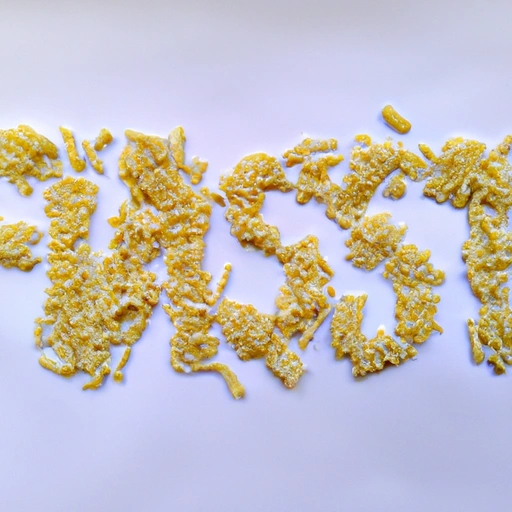Pasta
Description

Pasta is a staple food of traditional Italian cuisine that has won the hearts of people across the globe. Made from an unleavened dough of durum wheat flour mixed with water or eggs, it is then formed into sheets or various shapes, then cooked by boiling or baking. Ranging from simple spaghetti to intricate farfalle or stuffed ravioli, pasta's versatility has made it a foundation in countless recipes. Different shapes and sizes are often better suited to different types of sauces and dishes.
Common uses
Pasta is used as a main dish, side dish, or even a salad ingredient. It's commonly served with a variety of sauces like marinara, alfredo, or pesto, and can be mixed with vegetables, meats, or cheese. It's also used in soups like minestrone or paired with beans for a hearty meal. Baked pasta dishes such as lasagna and macaroni and cheese are beloved comfort foods.
Nutritional value
Calories
A typical serving size of cooked pasta (2 ounces dry, approximately 57 grams, or 1/2 cup cooked) contains about 200 calories.
Protein
Pasta generally offers around 7 grams of protein per serving.
Fat
Pasta contains a minimal fat content, usually less than 1 gram per serving unless enriched with egg or additional ingredients.
Carbohydrates
Carbohydrates are abundant in pasta, with about 40 grams per serving, mainly in the form of starches.
Vitamins
Enriched pasta is a good source of B vitamins, particularly folate.
Minerals
It also provides essential minerals like iron and magnesium.
Health benefits
Pasta, especially whole grain varieties, is a good source of complex carbohydrates, which provide sustained energy. It's also low in sodium and cholesterol-free. The fiber in whole grain pasta can aid in digestion and help maintain healthy blood sugar levels.
Potential risks
Overconsumption of pasta, particularly refined varieties, can lead to weight gain and may affect blood sugar levels due to its high glycemic index. Gluten, a protein found in wheat pasta, can cause issues for individuals with celiac disease or non-celiac gluten sensitivity.
Common recipes
Pasta dishes are incredibly diverse, from Italian classics like spaghetti bolognese and penne arrabbiata to international dishes like American macaroni and cheese or Asian-inspired noodle salads.
Cooking methods
Pasta is typically boiled in salted water until al dente. However, it can also be baked, as in lasagna, or even fried for dishes like crispy noodle cakes.
Pairing with other ingredients
Pasta pairs well with a variety of ingredients such as garlic, tomatoes, basil, cheese, olive oil, seafood, and meats. The shape of the pasta often dictates the type of sauce or ingredients it is best served with.
Summary
Pasta is a universal food item cherished for its flexibility in recipes, ease of preparation, and delicious taste. With its rich history and cultural significance, pasta continues to be a beloved dish in many households. Whether enjoyed in a simple butter and herb toss or as part of an elaborate casserole, pasta's enduring appeal is undeniable.